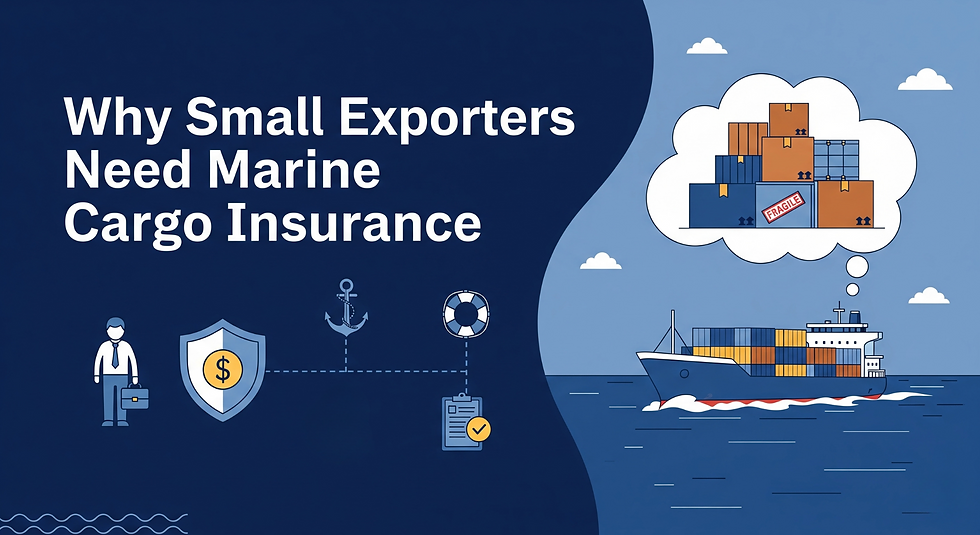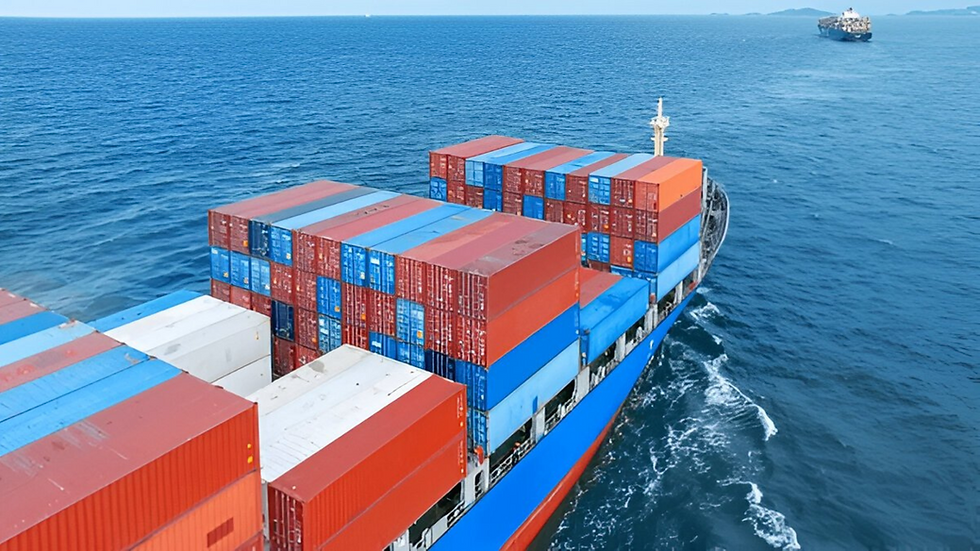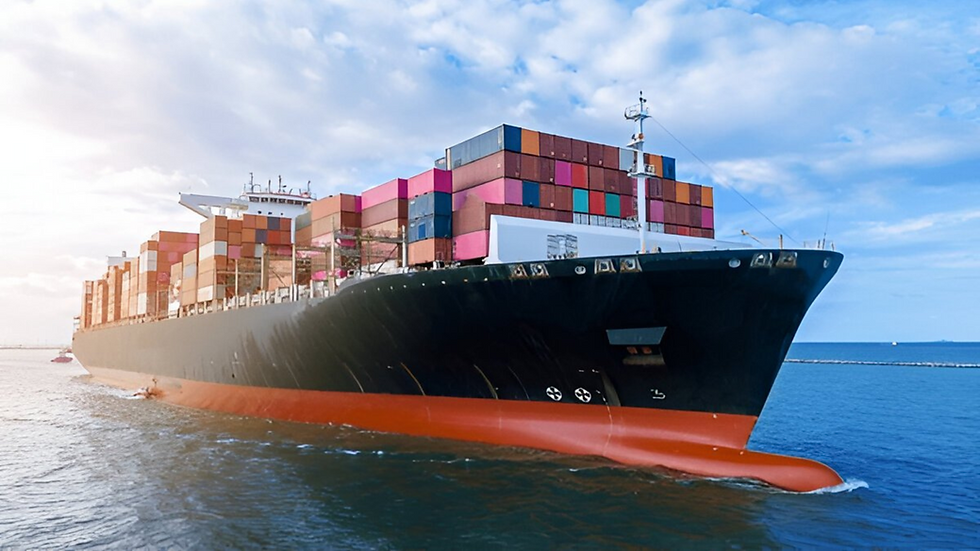🌍 How Marine Insurance Premium Factors Influence Your Costs
- Interns @btwimf.com
- Jul 23
- 2 min read

Table Of Content |
|---|
Introduction
Marine insurance premiums are shaped by multiple risk factors not just cargo value or vessel size. Awareness of key marine insurance premium factors ensures better underwriting outcomes, accurate quotes, and a coverage plan tailored to your shipping operations.
Identifying marine insurance premium factors is essential for correctly pricing your insurance whether you're covering vessels or cargo. Understanding how risk drivers like routes, cargo type, and safety protocols affect premiums helps you optimize costs without compromising on protection.
Major Marine Insurance Premium Factors
1. Vessel Characteristics
Factors like vessel age, size, construction, and history matter. Older or poorly maintained ships usually trigger high
er premiums, whereas newer, well-maintained vessels are rated more favorably.
2. Nature and Value of Cargo
High-value, fragile, or hazardous cargo such as electronics, chemicals, or perishables significantly raise premium costs compared to bulk goods.
3. Route Risks & Geopolitical Exposure
Shipping through conflict zones like the Red Sea or Strait of Hormuz adds war-risk surcharges. Premiums can rise from 0.2–0.3% to 0.5–1% of vessel value depending on current threats.
4. Claims History
A history of frequent or severe claims increases perceived risk—leading insurers to quote higher premiums.
5. Safety Practices & Risk Mitigation
Investments in crew training, pre-shipment inspections, and safety tech (like IoT tracking) can improve underwriting terms and reduce premiums.
6. Policy Scope & Endorsements
Broader policies (e.g., war-risk, delay coverage) add premium costs. Choosing modular endorsements can raise or lower total cost depending on needs.
7. Market Trends & Reinsurance Pricing
Broader market inflation, reinsurance pricing, and global supply-demand dynamics influence premium pricing across the sector.
📊 Recent scenarios
Use this visual data for your infographic design:
War-risk premiums in the Red Sea surged to ~1% of vessel value following recent Houthi attacks, up from 0.4%.
Hormuz corridor premiums rose to about 0.5%, doubling from previous levels of 0.2–0.3% amid regional escalation.
A 30% premium rise for Red Sea cargo insurance was reported in India, adding approximately 0.1–0.15% on top of base rates.
🔍 Summary Table: Key Premium Drivers
Factor | Premium Impact |
Vessel age & condition | Older/less maintained = higher risk |
Cargo value & type | High-value or hazardous goods increase cost |
Shipping route & geopolitical exposure | Conflict zones add war risk surcharges |
Claims history | Frequent claims push premiums up |
Safety protocols | Strong practices reduce costs |
Policy endorsements | Additional cover increases premium |
Market conditions | Inflation/reinsurance influence pricing |
✅ Why These Factors Matter
Transparent Pricing: Helps you understand why insurers quote differently.
Cost Optimization: Improve safety and choose appropriate cover to limit premiums.
Strategic Coverage: Match policy endorsements with route- and cargo-specific risk.
Understanding marine insurance premium factors gives you clarity and control over your insurance portfolio. From route selection to cargo type and vessel maintenance, each element plays a crucial role in determining cost. Aligning these factors strategically ensures you receive the right coverage at the right price.
_edited.png)



Comments